Author: Jennifer DiPilato, PE | juillet 17, 2021
The process for addressing vapor intrusion (VI) continues to evolve and recently updated guidance in New York State could have potentially significant impacts to various stakeholders.
Just over 10 years ago, the New York State Department of Health (NYSDOH) issued the Guidance for Evaluating Soil Vapor Intrusion (available here), which is used throughout New York to investigate and mitigate sites for vapor intrusion. (Image source: USEPA)
Based on reviews of toxicity data, risk assessments, and soil VI data collected in New York over the past decade, the NYSDOH issued an update to their Soil Vapor/Indoor Air Decision Matrices (available here) in May 2017. These Decision Matrices are used to compare indoor air concentrations of select chlorinated volatile organic compounds (CVOCs) to sub-slab vapor concentrations to determine the NYSDOH’s recommended action with regards to VI mitigation. The range of concentrations in each Decision Matrix is based on a number of factors such as human health risk, background concentrations in air, attenuation factors, and the NYSDOH guidelines for volatile chemicals in air.
In general, the updates have resulted in more comprehensive and stringent recommendations. The CVOC methylene chloride was added as a parameter to be used for evaluating VI and a new Decision Matrix was developed for vinyl chloride alone.
A comparison of the former and current matrices indicates the limits of sub-slab vapor and indoor air concentrations have become more restrictive and lower concentrations of CVOCs are now resulting in mitigation as the recommended action. For example, the upper limit of sub-slab vapor concentrations in which mitigation is recommended regardless of indoor air concentrations was greatly reduced for TCE, carbon tetrachloride, cis-1,2-DCE, 1,1-DCE, and vinyl chloride. The following table summarizes these new guidelines (concentrations are in micrograms per cubic meter (µg/m3):
In addition, notes to each matrix now stipulate lower reporting limits and that mitigation might be recommended when the results of multiple contaminants indicate monitoring is recommended.
TRC will continue to track state and federal guidance, as well as policy and statutes to keep our clients abreast of important changes as the approach to VI investigation and mitigation evolves.
Related Services
Partager nos perspectives
Nos praticiens partagent leurs idées et leurs points de vue sur les tendances et les défis qui façonnent le marché.

Virginia Water and Wastewater Rate 2024 Report is Now Available
avril 3, 2025
Keys to a successful technical impracticability evaluation are sound data collection, documentation and effective communication of site conditions and groundwater restoration potential.
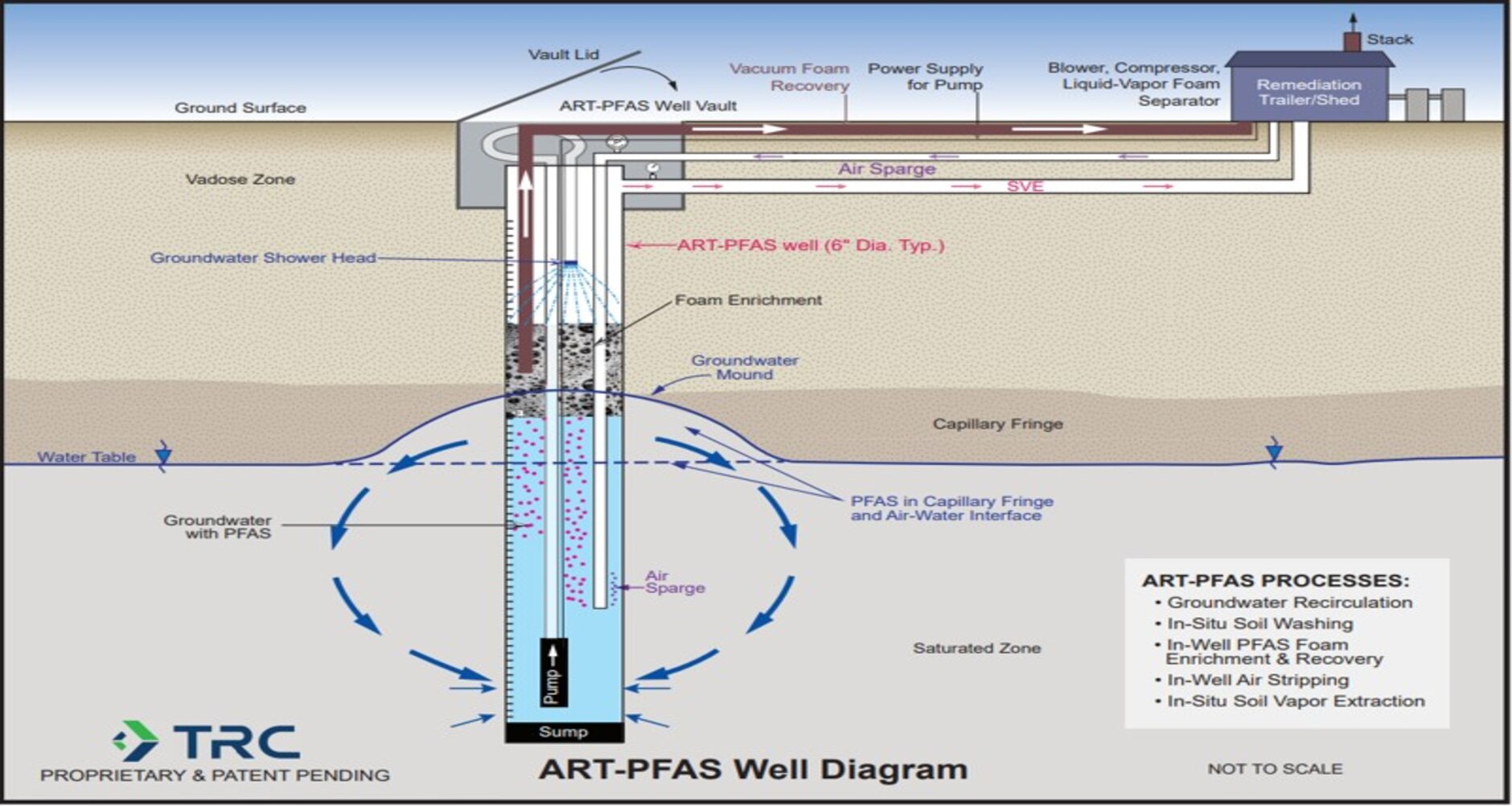
Percées novatrices dans l’assainissement in situ actif des SPFA
septembre 27, 2024
Ne manquez pas la présentation et l’atelier de la CVR à la 40e conférence internationale annuelle de l’AEHS sur les sols, les sédiments, l’eau et l’énergie

Webinaire TDU – Bioventing Plumes résiduelles LNAPL
août 27, 2024
L’expert de TRC discute des bases du système de bioventing et de bioventing d’hydrocarbures et de la conception de puits. Deux études de cas sont également fournies pour montrer des exemples d’assainissement des sources de biovention et d’installation d’un système de biovention dans une raffinerie et une ferme de combustible en vrac.
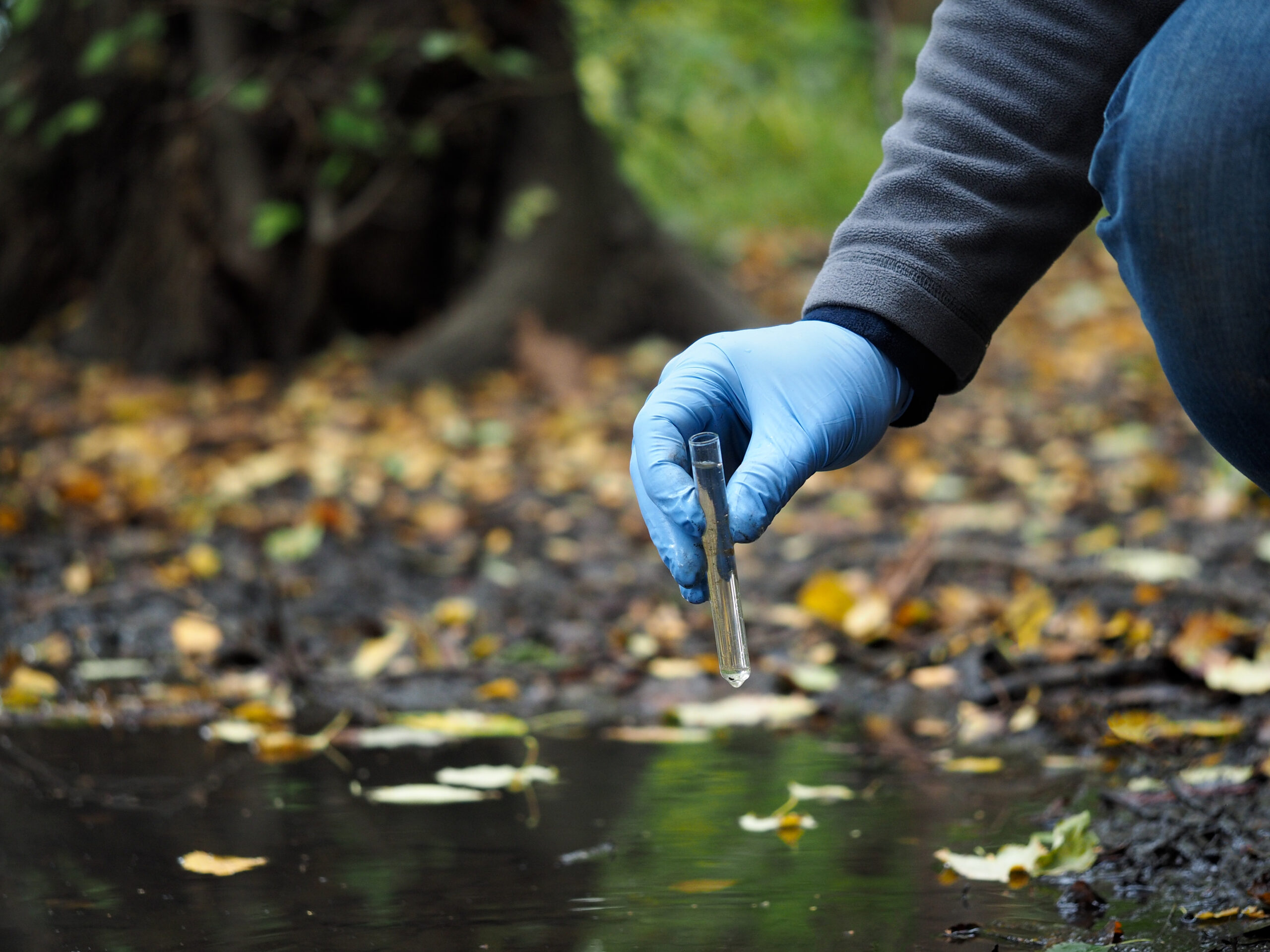
Conseils de récupération LNAPL pour les milieux non consolidés
août 20, 2024
Le liquide léger de phase non aqueuse (LNAPL) est un contaminant des eaux souterraines qui n’est pas soluble dans l’eau.
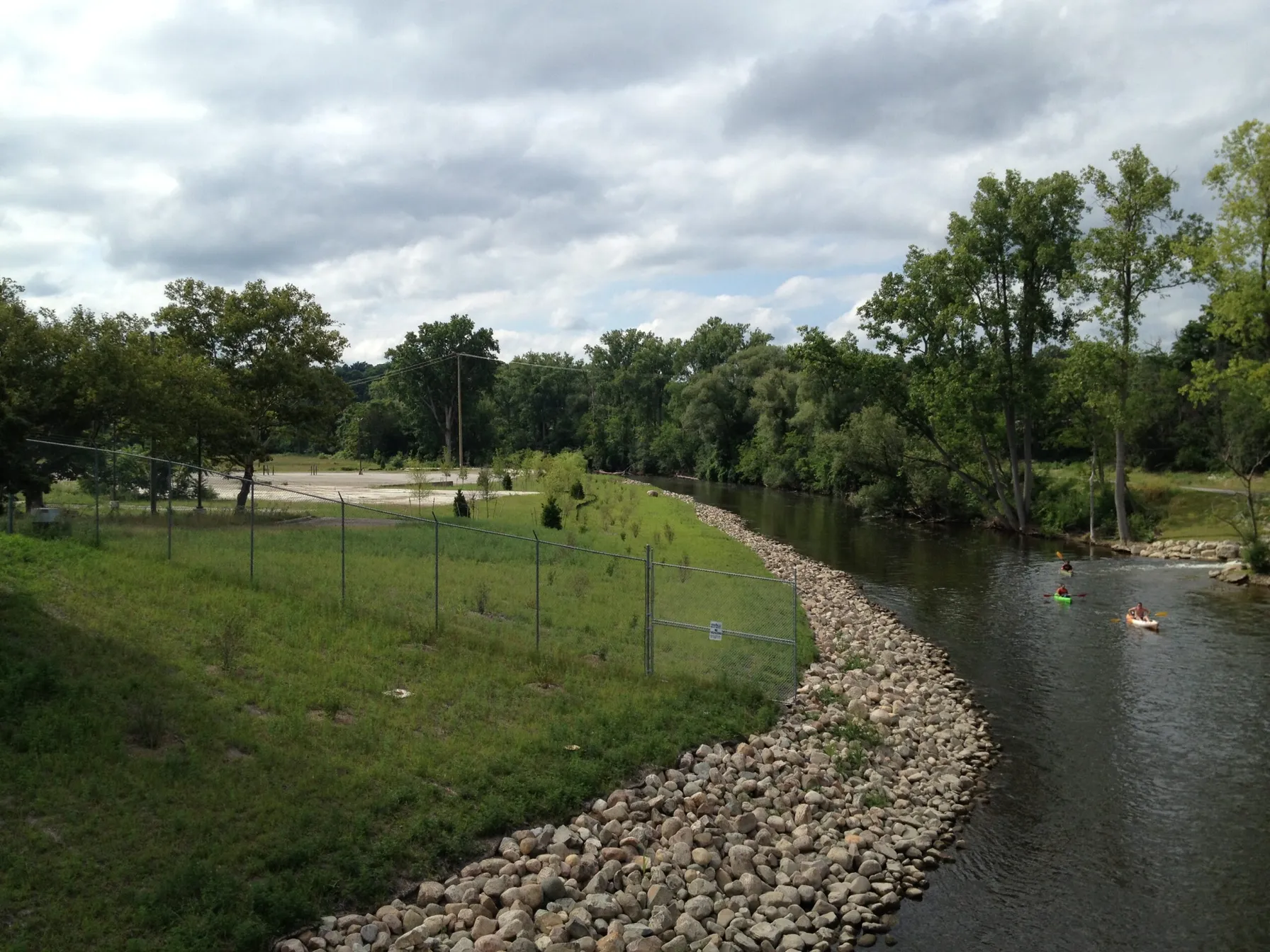
Prévenir les rejets de contaminants dans les ressources en eau
avril 22, 2024
La technologie brevetée napl-trappe capuchon de TRC traite des contaminants à la source de sédiments.

UAV pour les HCB : Naviguer dans le ciel pour la surveillance environnementale
février 5, 2024
L’eutrophisation et les proliférations d’algues nuisibles constituent une menace pour la santé écologique et la jouissance par les communautés des écosystèmes d’eau douce et côtiers mondiaux

Déchloration du panache de solvant
Décembre 13, 2023
La déchloration anaérobie est un processus biologique qui se produit en l’absence d’oxygène et qui est principalement utilisé pour assainir les composés chlorés, tels que les solvants chlorés.

Du triage à la prévention : gestion des microplastiques à l’aide d’un cadre de soins de santé
septembre 21, 2023
Gestion des microplastiques à l’aide d’un cadre de soins de santé

Le rapport 2023 sur le taux d’eau et d’eaux usées en Virginie est maintenant disponible
juillet 24, 2023
La réussite d’une évaluation technique de l’impraticabilité est la collecte de données solides, la documentation et la communication efficace des conditions du site et du potentiel de restauration des eaux souterraines.
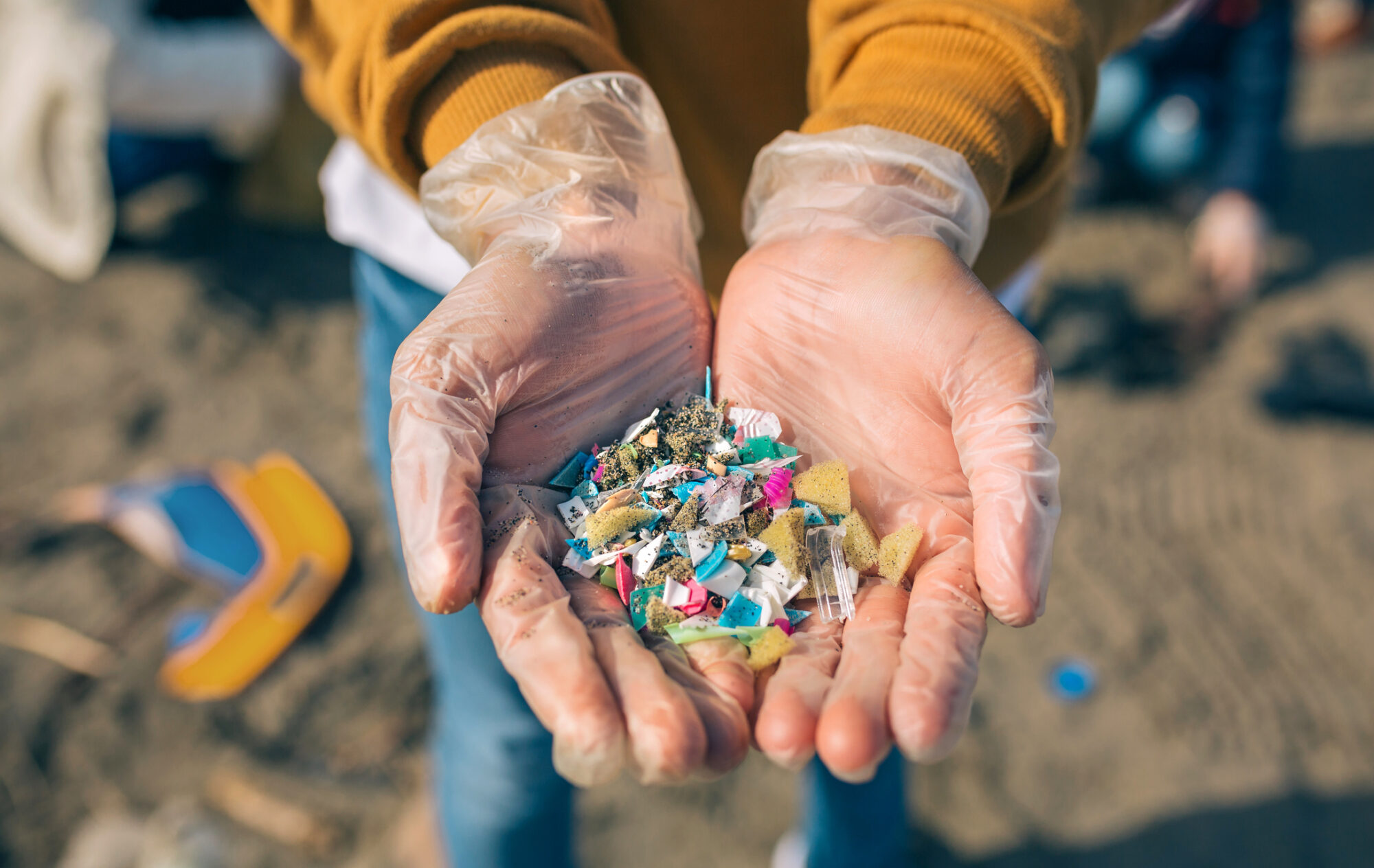
Microplastics ITRC Guidance Document and Training Available Soon!
février 23, 2023
Microplastic particles have been found in nearly every corner of the globe, but health effects and toxicity are only beginning to be understood. Because of their ubiquitous nature, microplastics present a challenge in both accurate sampling and source attribution. Microplastics are emerging as an environmental issue that regulators and industry will be increasingly focusing on in the coming years.

Vapor Intrusion Assessment and Mitigation Case Study
février 23, 2023
Keys to a successful technical impracticability evaluation are sound data collection, documentation and effective communication of site conditions and groundwater restoration potential.

Odor Evaluation Services
février 23, 2023
TRC is nationally recognized as an expert in the field of odor measurement, identification, modeling and control engineering. This presentation includes an overview of odor properties, odor evaluation, modeling and odor thresholds and outlines the four sensory properties: detectability, intensity, character and hedonic tone.
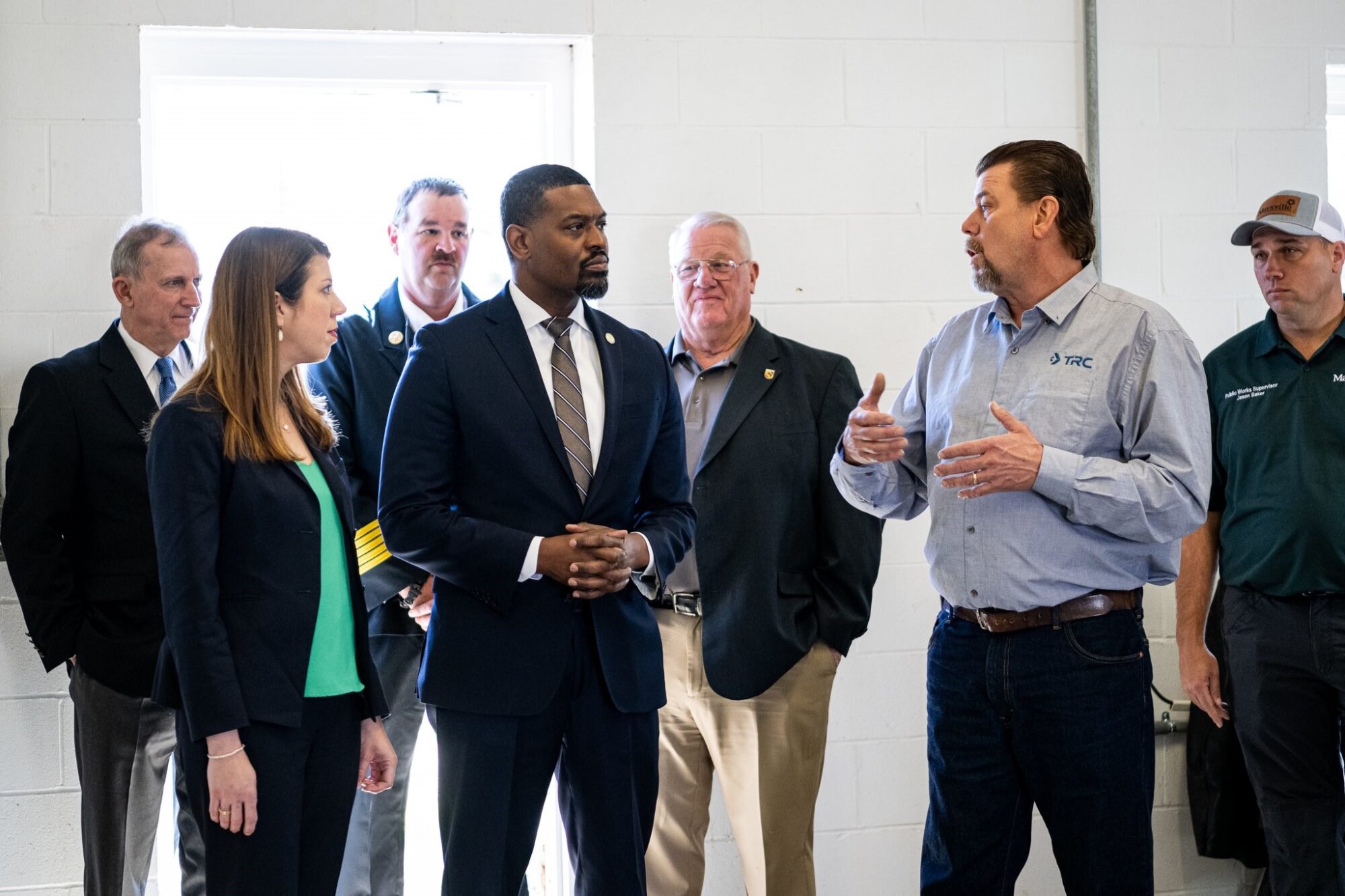
EPA Announces $2 Billion in Funding to Address Emerging Contaminants in Drinking Water
février 14, 2023
Environmental Protection Agency Administrator Michael Regan announced $2 Billion in infrastructure funding to help the nation’s rural water supplies.

Metals 101
février 8, 2023
Metals are naturally occurring elements in the Earth’s crust that enter the environment through natural processes. They can be found in groundwater, soil and sediment. The trophic transfer of these elements in aquatic and terrestrial food chains has important implications for wildlife and human health.
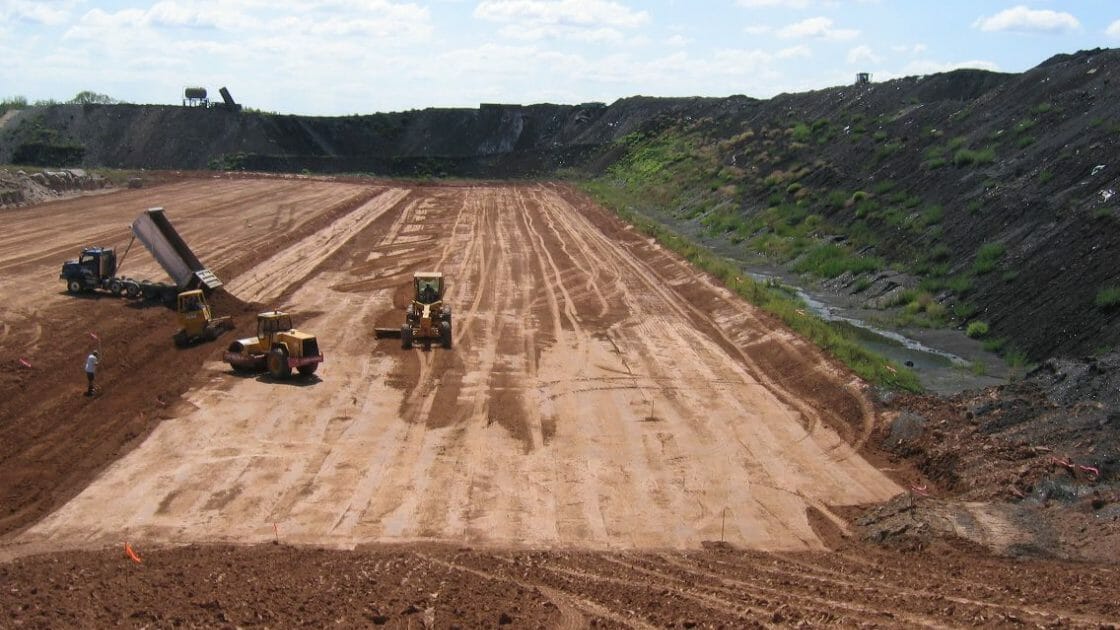
Green and Sustainable Remediation
janvier 9, 2023
Green and sustainable remediation (GSR) can optimize remedial activities, minimize environmental footprints and reduce social and economic impacts.
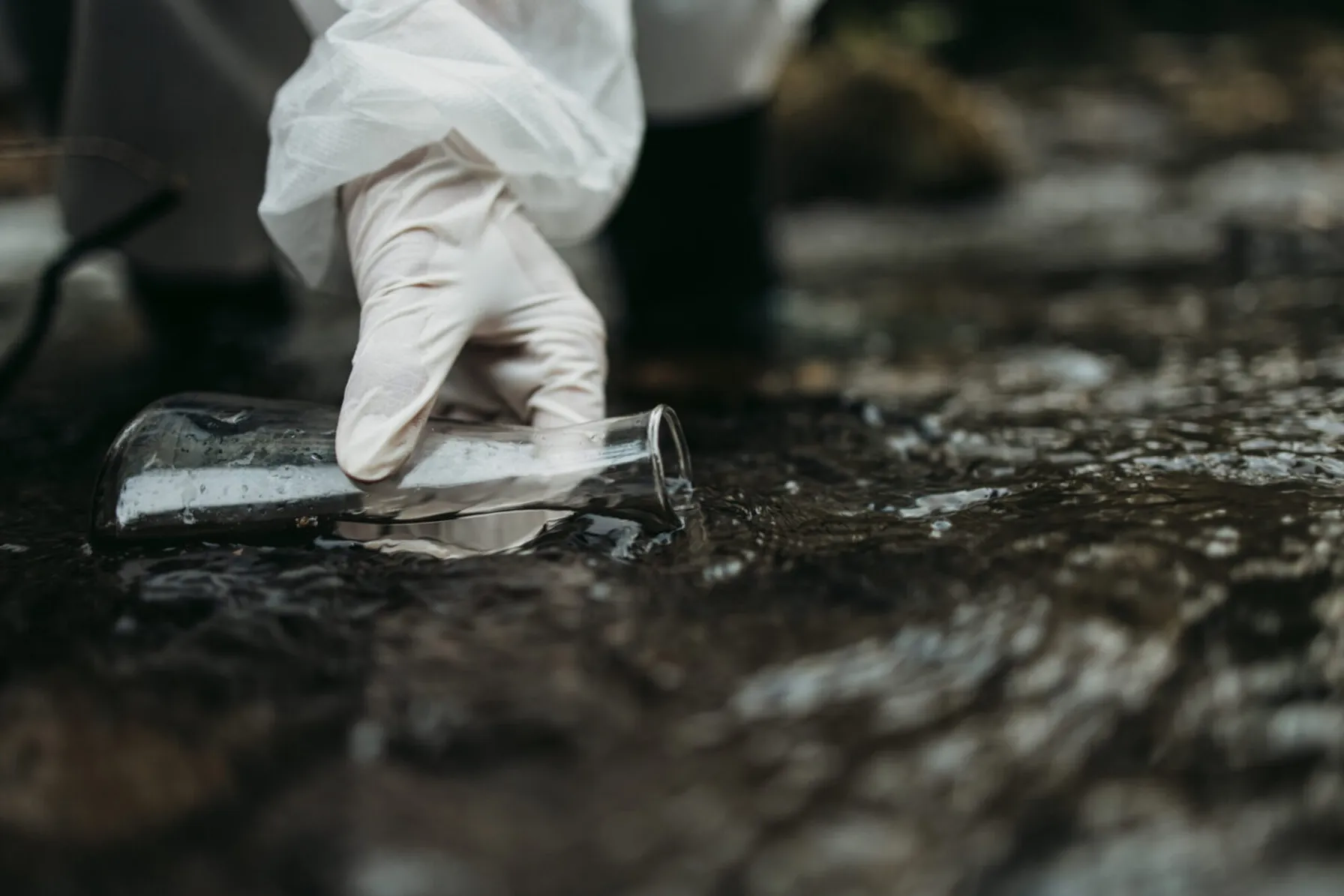
Chlorinated Solvents 101
janvier 9, 2023
Chlorinated solvents are present in industrial chemicals and can post risks to the environment and human health.

Equipment Decontamination and Replacement of Legacy Aqueous Film Forming Foams
Décembre 21, 2022
Legacy AFFF used for firefighting are a significant source of PFAS in the environment. With current and expected regulation, many entities are looking for replacements.

Advanced NAPL Site Characterization Tools
Décembre 14, 2022
Advanced NAPL site characterization tools can improve site understanding and remediation performance.

Preparing Your RMP Facility for a Future of Extreme Weather
novembre 29, 2022
Facilities dealing with hazardous materials must prepare for extreme weather events that pose a risk to their operations and the community.

Biotic and Abiotic Reduction to Achieve Groundwater Compliance at CCR Sites
novembre 22, 2022
TRC conducted two case studies to test different EA strategies. In both studies, chemical and biological reduction to stabilize metals at former CCR sites were evaluated.

New York State Updates Recommended Vapor Intrusion Actions
juillet 17, 2021
The process for addressing vapor intrusion (VI) continues to evolve and recently updated guidance in New York State could have potentially significant impacts to various stakeholders.

Implementing bioremediation at environmental cleanup sites: TRC experts weigh in at leading industry conference
mai 17, 2021
TRC experts make several presentations at the Battelle conference about innovative approaches they have developed for implementing and monitoring bioremediation and the use of naturally-occurring or deliberately-introduced micro-organisms to break down environmental pollutants.

Iron sulfide: The “miracle mineral” in environmental remediation
avril 26, 2021
Whether it’s treating an arsenic spill at a railroad site in Wisconsin or releases of chromium and other metals or metal-cleaning solvents at manufacturing sites in California, New Jersey, and South Carolina, a mineral marrying iron and sulfur -iron sulfide- is emerging as a powerful and versatile tool in the environmental remediation toolbox.

TRC Awarded a Yahara WINS Grant
août 28, 2020
TRC was recently awarded a Yahara WINS grant to develop a pilot scale simple aeration method for removing phosphorous from the discharge of manure digesters. The grant application was developed and submitted by: Bob Stanforth, Alyssa Sellwood, Mike Ursin, Ted O’Connell, Ken Quinn, and John Rice, who are members of multiple TRC CORE teams.

Ecological Risk of PFAS from AFFF-Impacted Sites
juin 30, 2020
The facts on evaluating exposure to wildlife

TRC and Environmental Partners, Inc. (EPI) have entered into definitive agreement for the sale of EPI’s business
novembre 25, 2019
TRC and Environmental Partners, Inc. (EPI) have entered into definitive agreement for the sale of EPI’s business
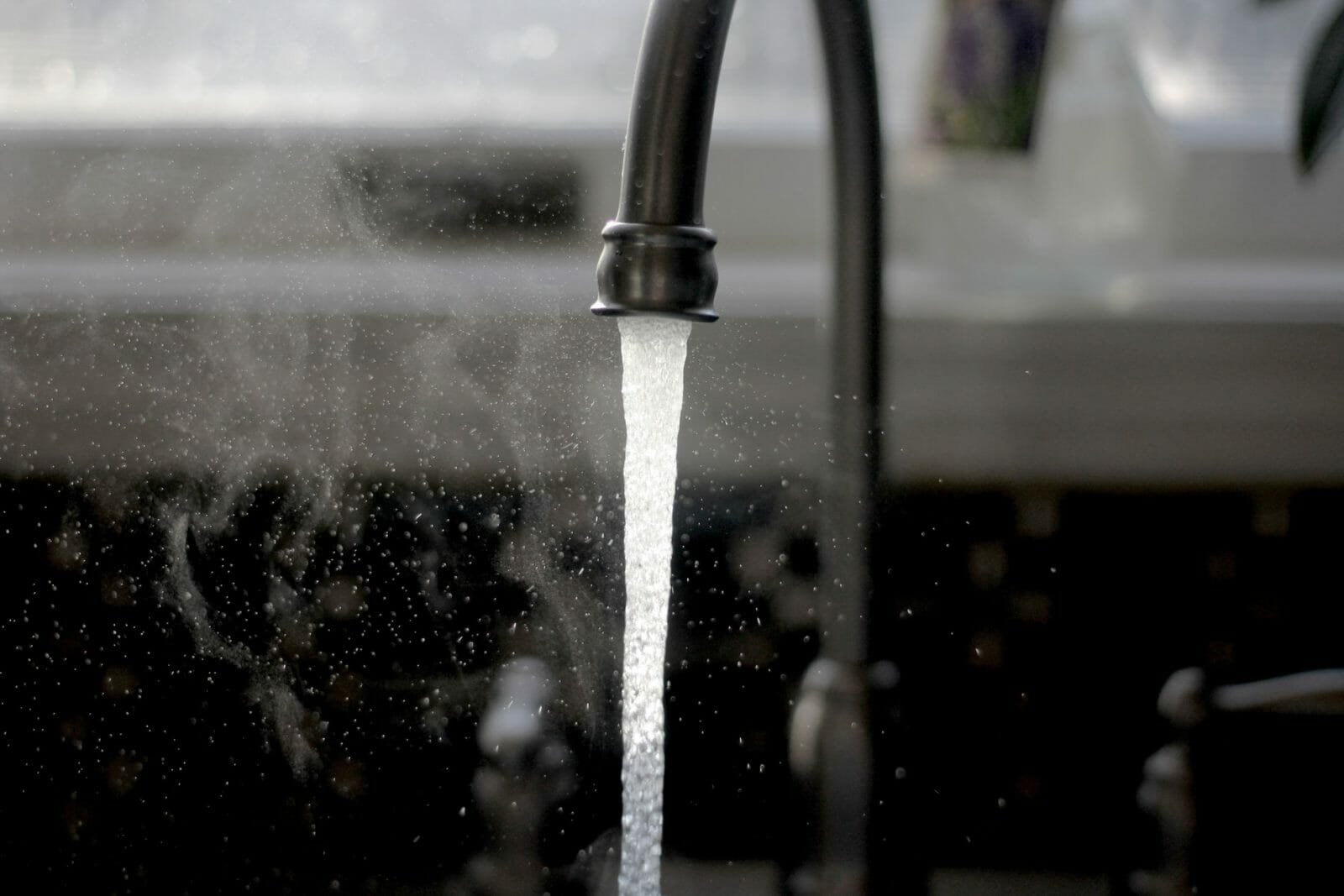
World Health Organization Examines Danger of Microplastics in Drinking Water
novembre 5, 2019
There’s growing concern that microscopic plastic particles could be having a detrimental effect on drinking water quality.
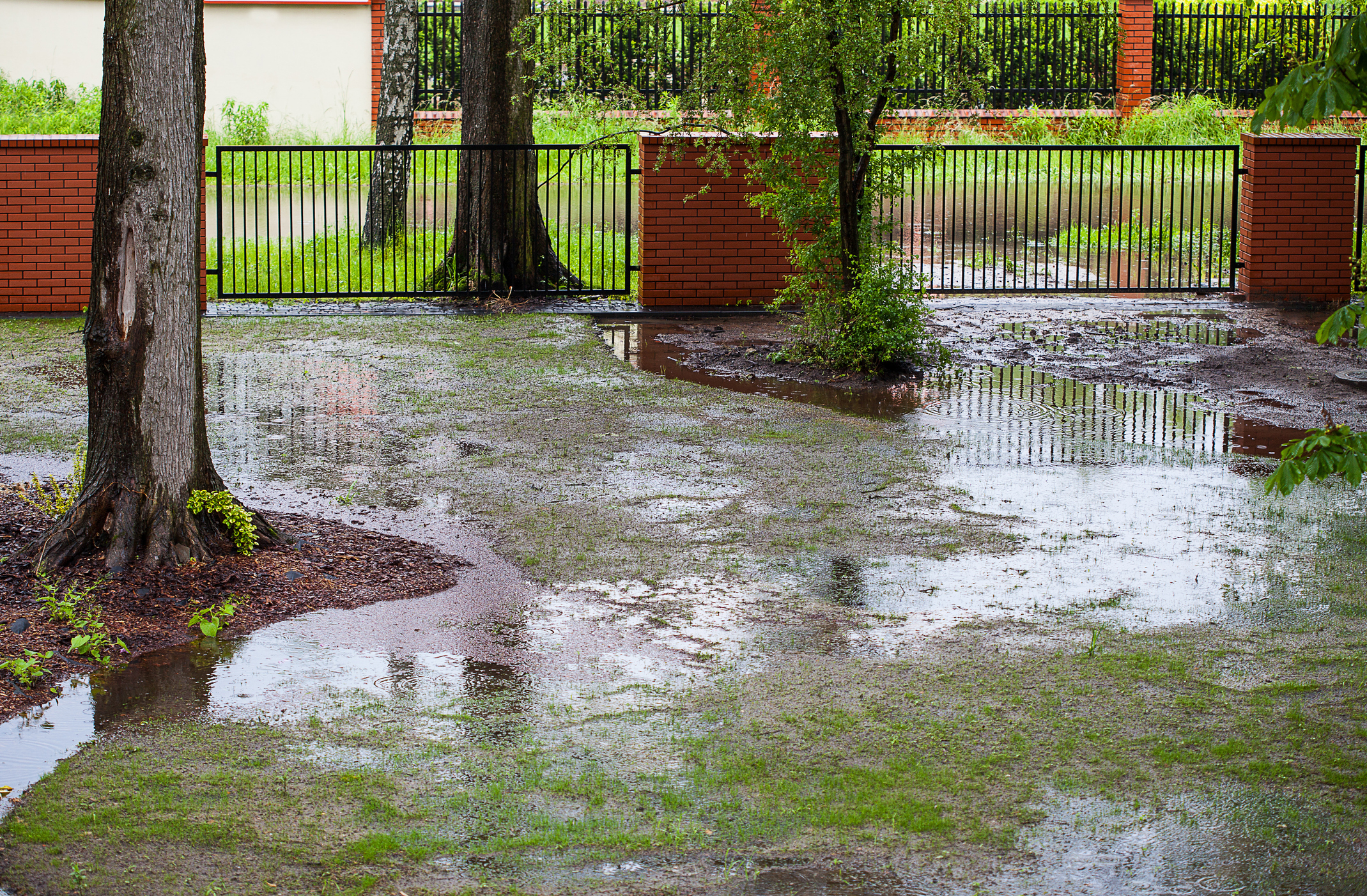
Groundwater Recharge: How It Affects Your Decisions
mai 30, 2018
Often misunderstood, groundwater recharge rate is an important consideration when assessing groundwater supply or aquifer vulnerability.

Jennifer DiPilato
Jennifer DiPilato, a New York State-licensed professional engineer, serves as remedial design manager for TRC’s New York City Office and has an over 18-year record of providing high-quality consulting services to a broad range of government agencies and private clients in New York and New Jersey. She has many years of extensive experience designing and providing technical expertise for vapor mitigation projects.

